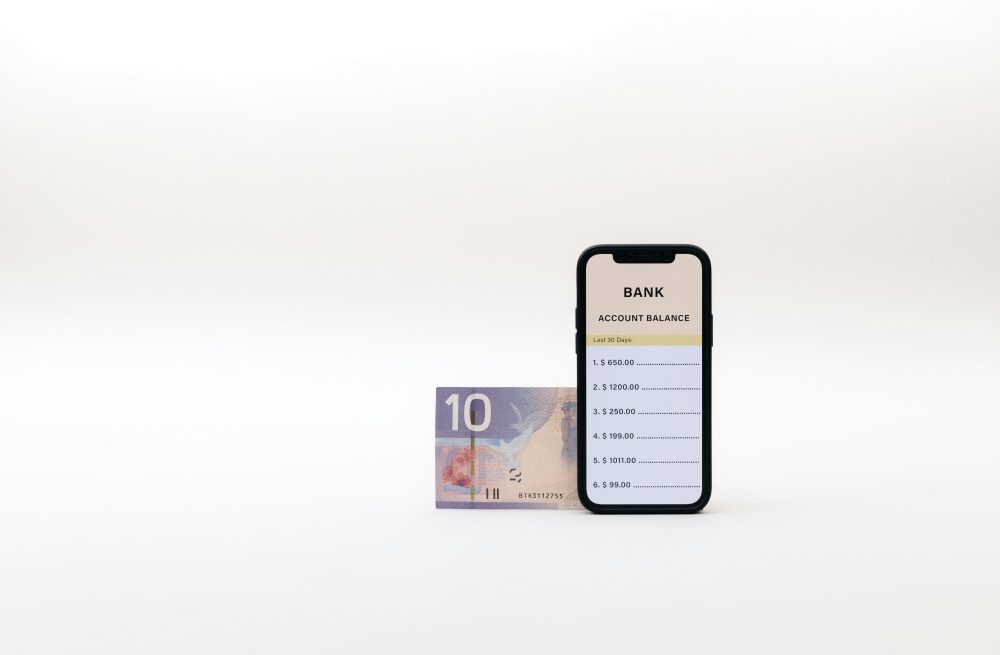Applications that act as financial advisors are often relied upon for investment management, expense tracking, future planning, and other financial-related aspects. With this facility of use, however, arises the necessity of comprehensive protection of the individual’s private information. Let us examine the security features that should be incorporated in these applications, enabling you to have peace of mind that all your information is secured.
The Importance of Security in Financial Applications
Such software contains highly confidential data, for example, a user’s investment portfolio and bank accounts. In the case a user of such an application is compromised by the intrusion of a hacker, such could result in the user being exposed to an identity crisis, monetary losses, or even a damaged credit rating. Hence, it is not an option but a prerequisite in terms of provision.
Essential Security Components of Financial Advisor Applications
1. Safeguarding Your Information through Encryption
Simply, encryption is a technique used for altering data wherein only the holder of the particular device can decode the information. Most financial applications have adopted AES-256 encryption for data at rest and TLS cryptography for data in motion. Hence, if as per these scenarios anybody gathers your data or goes even a step ahead and tries to get into the data without permission, there is no way the data will make sense without the respective decryption key.
2. Bastion of Security MFA– Multi-Factor Authentication
A solitary password would not provide security to your account. Multi-factor authentication (MFA) is the additional process of logging in to the account. It can be through a code sent to your phone, fingerprint, or even facial recognition. It is even worse when someone else gets access to your password, but in this case, the password alone will not be enough to access the account since the extra step will be there.
3. Secure APIs: Protecting Data Flow
Clear understanding of Secure APIs where most applications are easily able to integrate with other financial services like banks through the use of APIs. The security of this connection should be guaranteed to ensure that the information being transferred is not intercepted by unauthorized parties.
4. Data Anonymization and Masking: Hiding Personal Info
These methods aid in the suppression of individual details by replacing them beyond association. A hacker who manages to get into the application will be unable to leverage the obtained information because it cannot be linked to any specific person.
5. Regular Audits and Penetration Tests: Finding Weaknesses Early
Most applications also have to undergo testing frequently to enable security bugs to be repaired before hackers exploit them. Security audits ensure the proper installation of the latest security standards on the application, while penetration tests create several attacks to test the resiliency of the application’s security infrastructure.
6. Following Regulations: Meeting Additional Demands
Applications for financial advisors also need to respect such provisions as general data protection regulations, the Health Insurance Portability and Accountability Act, and payment card industry data security standards. This means adhering to laws regarding the protection of one’s information.
Security as a Purpose of Custom Software Development in Finance
With custom software development, instead of following a generic security standard for all financial apps, the features designed for the apps will meet the specifications of the end users of the applications. This is a more beneficial approach as it makes it easier to address emerging issues concerning the security of the app.
New Tech Making Financial Apps More Secure
1. Blockchain: Securing Data
Blockchain can be defined as a system whose architecture is non-centralized and therefore data stored on it can hardly be altered. This technology has applications in safeguarding financial transactions and records.
2. AI for Threat Detection: Staying Ahead of Cybercriminals
AI plays a role in threat identification by using the behavioral patterns of users to track down irregularities. When there is any cause for concern, the system can take preemptive action by warning the administrator before further harmful actions occur.
Tips for Users to Stay Secure
Although these applications have certain security features integrated into them, some measures can be employed for self-protection:
Use Strong Passwords
Ensure that all your passwords are different and difficult to remember. For more security, avoid having identical passwords for different credentials.
Activate Multi-Factor Authentication (MFA)
This feature integrates an additional protective element to your profile.
Keep Your Applications Updated
Usually, the updates tend to have new features and thus new security vulnerabilities, which is why it is important always to update the applications.
Stay Away from Free Wi-Fi
Free Wi-Fi is not reliable. However, if you must, install a VPN to enhance your privacy.
Do Surveillance On Your Accounts
Sift through your bank statement and the app’s activity log for any oddities and habitual app usage over some time.
Safeguarding Your Monetary Data
Security is very important in financial advisor applications because such information needs to be protected. There is added peace of mind associated with the use of these applications because they incorporate measures such as encryption, multi-factor authentication, and regular security assessments. Adhering to best practices and ensuring that your applications are updated may assist in securing your finances from any threats related to computing.





